Mulch adds a beautiful, well-kept look to gardens while helping soil retain moisture and stay healthy. But beneath that layer of wood chips or bark, a hidden problem can emerge. Many homeowners ask: Does mulch attract termites?
The answer depends on how mulch is managed. While mulch itself doesn’t directly lure termites, it can create conditions where they thrive. If left unchecked, what begins as simple landscaping can lead to costly damage to your home.
Here’s a detailed guide on how mulch relates to termite activity and steps to prevent infestations.
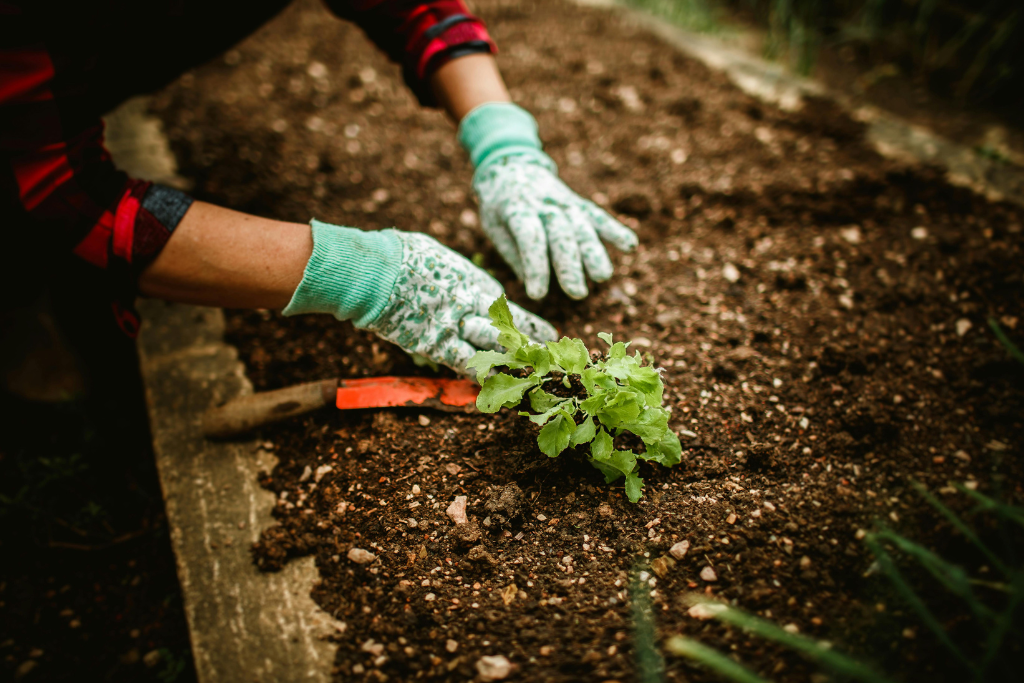
What Is Mulch and Why Is It Used
Mulch is an organic or inorganic material spread over soil in gardens, flower beds or around trees. Common types include:
- Wood Mulch: This is the most common type and includes shredded bark, wood chips, and sawdust. It provides food and shelter for termites if it stays moist.
- Rubber Mulch: Made from recycled tires, rubber mulch does not contain cellulose, so termites are generally not attracted to it.
- Stone or Gravel Mulch: Like rubber, these inorganic mulches do not provide food for termites.
- Cedar or Cypress Mulch: Considered the best mulch to avoid termites because their natural oils repel them.
While mulch has many benefits for plants and soil, it can also create conditions favorable for termite activity if not applied carefully. Termites are attracted to cellulose-based materials like wood and bark, which are common in organic mulch.
Protect your home naturally - learn which wood types stand strong against termite damage!
How Can Mulch Attract Termites
Mulch doesn’t directly cause termites, but can support them. It retains moisture, sits close to wooden structures, and gradually decomposes, creating damp, food-rich conditions that make it easier for termites to establish colonies near your home.
- Moisture Retention: Termites thrive in damp environments. Mulch keeps the soil moist, which can make it easier for termites to establish colonies nearby.
- Proximity to Wooden Structures: If mulch is piled too close to your home’s foundation, it provides a direct route for termites to access wooden framing.
- Decomposing Material: Organic mulch gradually breaks down, providing a food source that termites find appealing.
So, when asking, “Do wood chips attract termites?” or “Does wood mulch cause termites?” The answer is yes if the mulch is not properly maintained.
Stop damage before it starts - see why prevention costs less than repairs!
Signs of Termites in Mulch
- Small, white termites are crawling on or near the mulch.
- Mud tubes or tunnels within or under the mulch pile.
- Tiny holes or tunnels in the mulch pieces.
- A noticeable increase in termite swarmers around the mulch during certain seasons.
- Soft or hollow spots in nearby wooden structures or garden edging in contact with mulch.
Identifying these signs quickly can prevent termites from moving from mulch to the home or other wooden structures.
Related Articles:
DIY vs. Professional Termite Control
How Often Should I Get a Termite Inspection for My Home?
5 Common Myths About Termites That Could Cost You Thousands
How to Treat Mulch to Prevent Termites
- Keep Mulch Away from Structures: Maintain at least 6–12 inches of space between mulch and wooden foundations, siding or fences.
- Limit Mulch Depth: Mulch should be 2–3 inches deep. Thicker layers retain more moisture, creating a favorable environment for termites.
- Use Termite-Resistant or Treated Mulch: Choosing cedar, cypress, rubber, or pre-treated mulch reduces the risk of termite infestation.
- Regularly Turn and Replace Mulch: Turning the mulch aerates it and reduces moisture accumulation. Replace it every year or as needed.
- Remove Debris: Avoid adding decayed wood, leaves, or cardboard, as these materials can attract termites.
- Apply Termite Treatments: If you are concerned, applying a termite barrier or surface treatment to mulch can provide additional protection.
Get the best termite treatment from K Termite and protect your home with confidence.

K Termite’s Approach to Protecting Homes from Termites in Mulch
Mulch adds color and moisture to your garden, but it can also attract termites if not managed carefully. K Termite protects the home from termite damage in mulch beds and other vulnerable areas.
We start with a FREE inspection of mulch, wooden structures, and soil conditions. If termite activity is found, we provide targeted treatment options to stop infestations quickly.
Our team guides homeowners on mulch placement, moisture control, and preventive care to reduce the risk of termites returning. For damaged wood, our in-house carpentry team handles repairs to keep your home strong and safe.
With reliable warranties and a termite protection policy, we ensure ongoing monitoring and protection. Regular inspections and prompt action help maintain a secure barrier against termite damage while preserving your landscaping.
Keep your home safe from termites. Call K Termite for expert inspection and care.
Final Tips to Protect Your Home
Mulch can enhance your garden, but it can also attract termites if precautions aren’t taken. Follow these guidelines:
- Choose termite-resistant mulch.
- Maintain proper mulch depth (2–3 inches).
- Keep mulch dry and away from wooden structures.
- Monitor regularly for termite signs.
Professional guidance from services like K Termite ensures your home stays safe from termite damage while your landscape stays attractive.

.png)

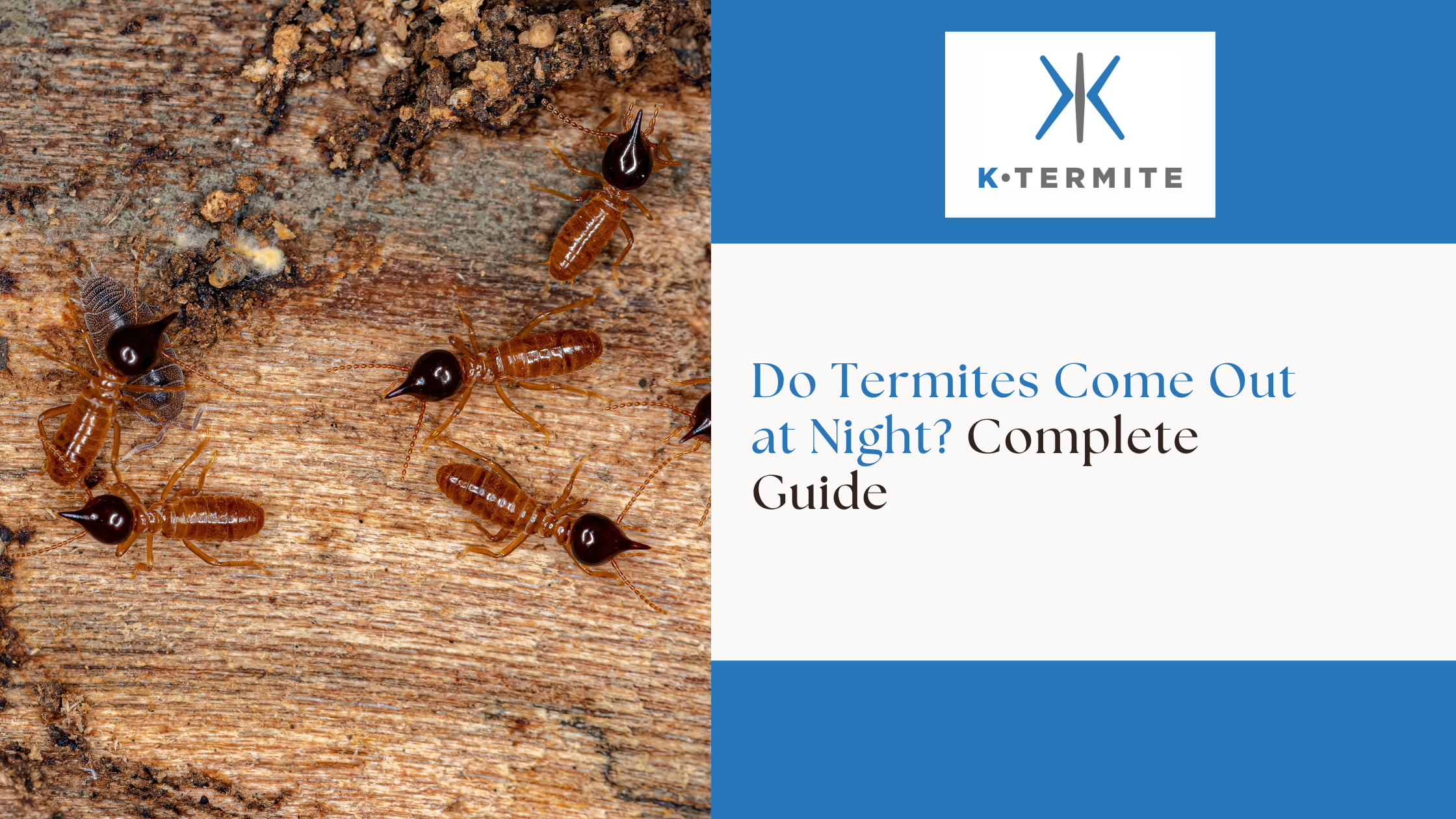

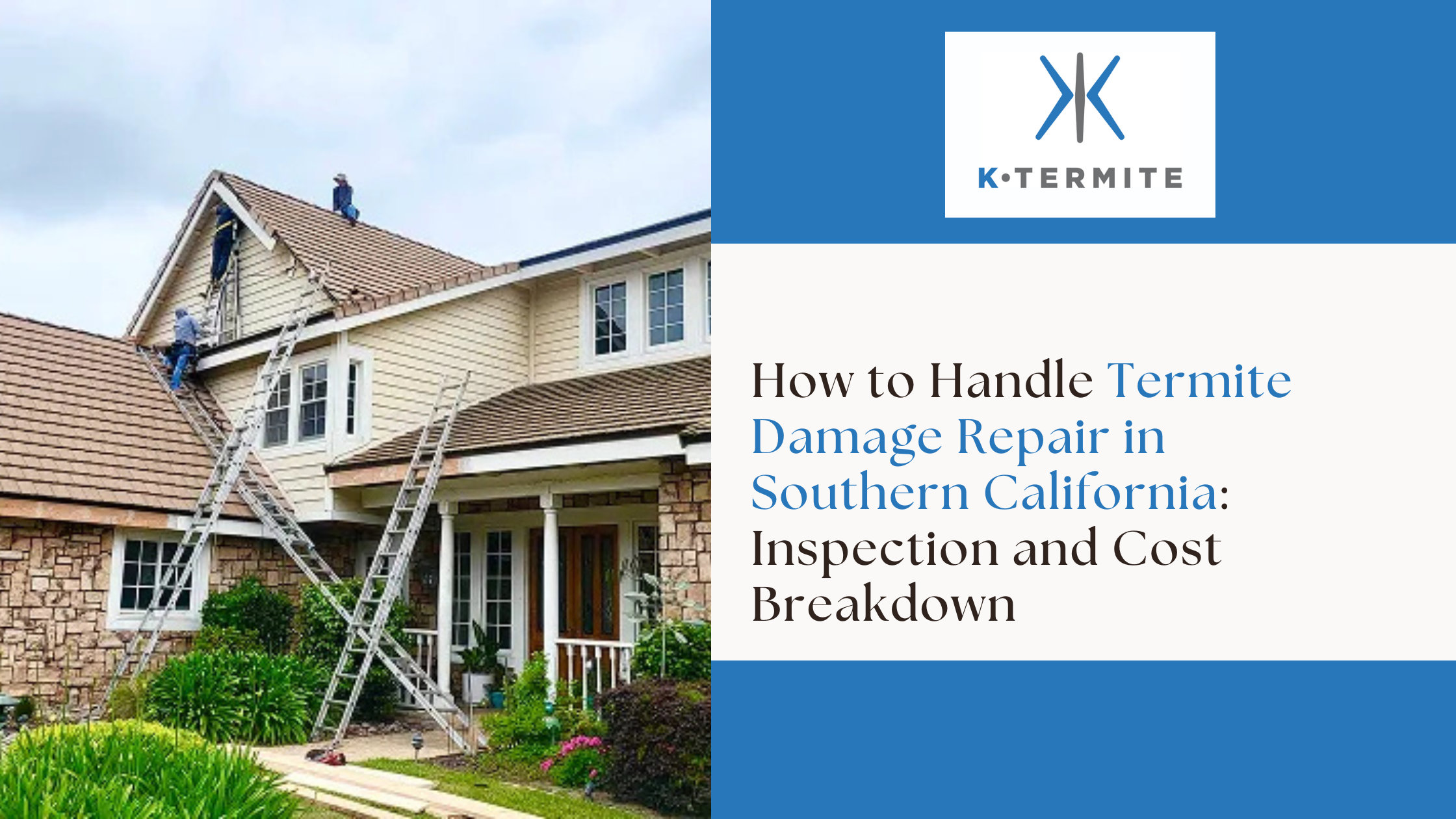

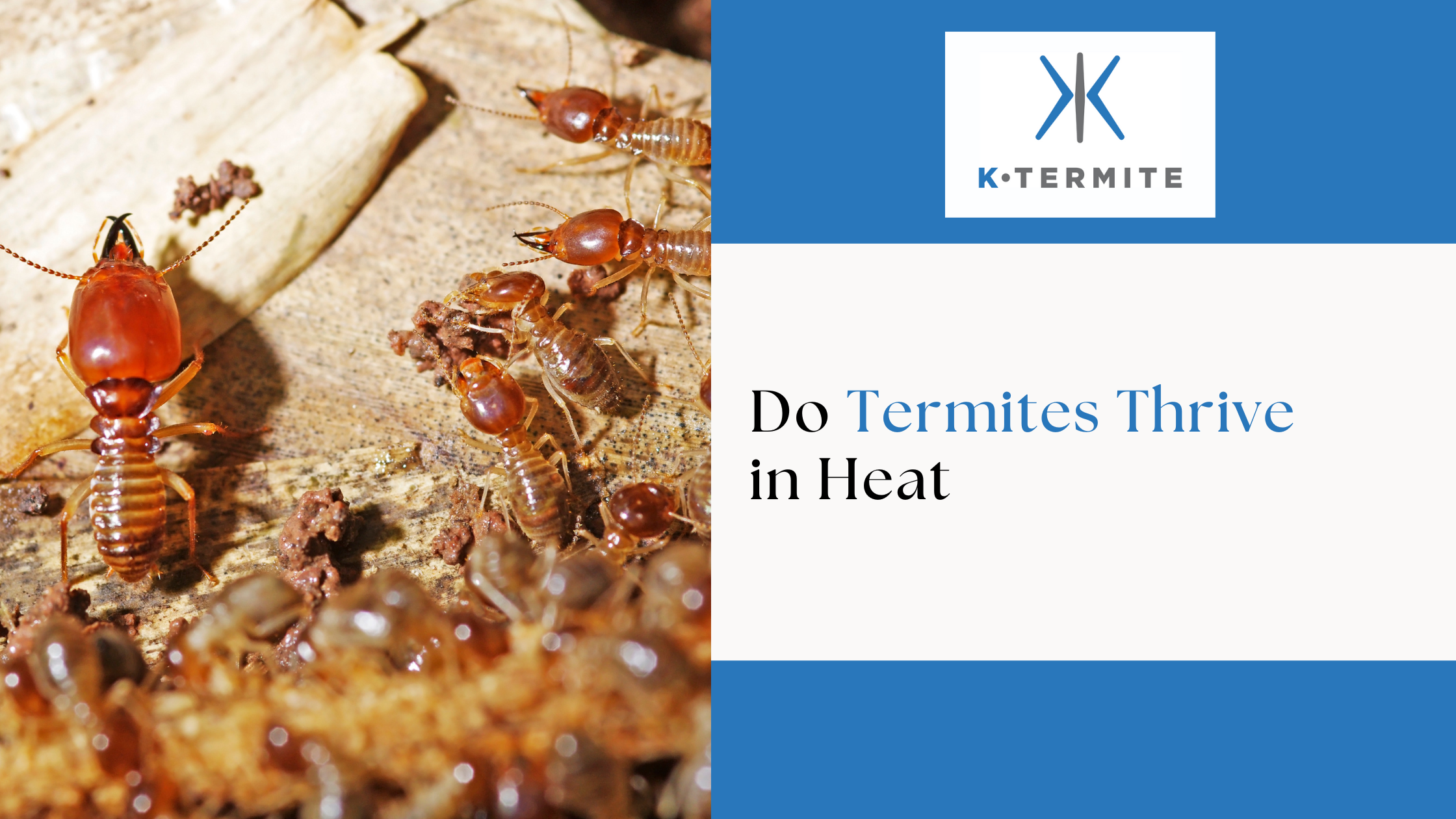

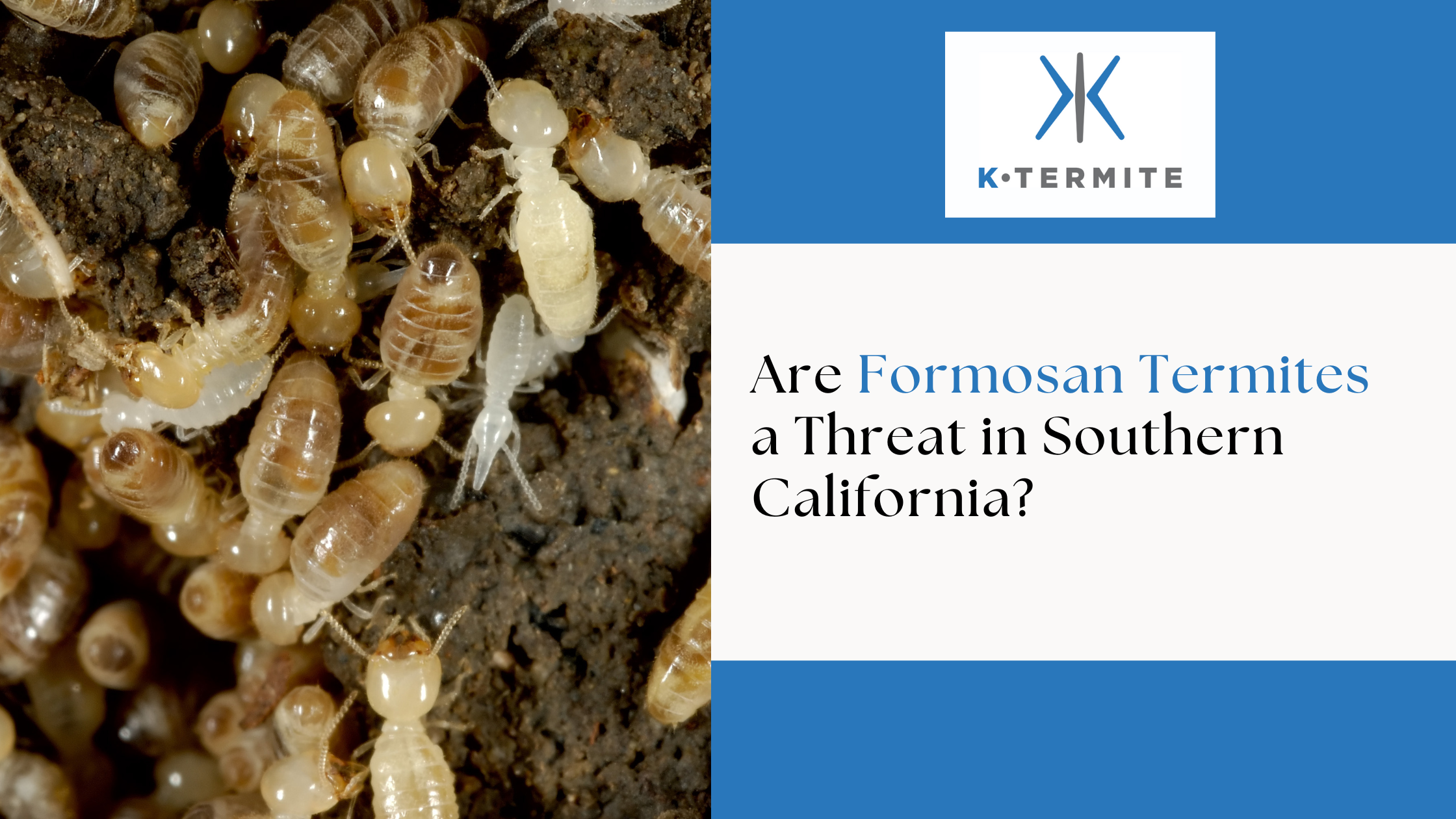

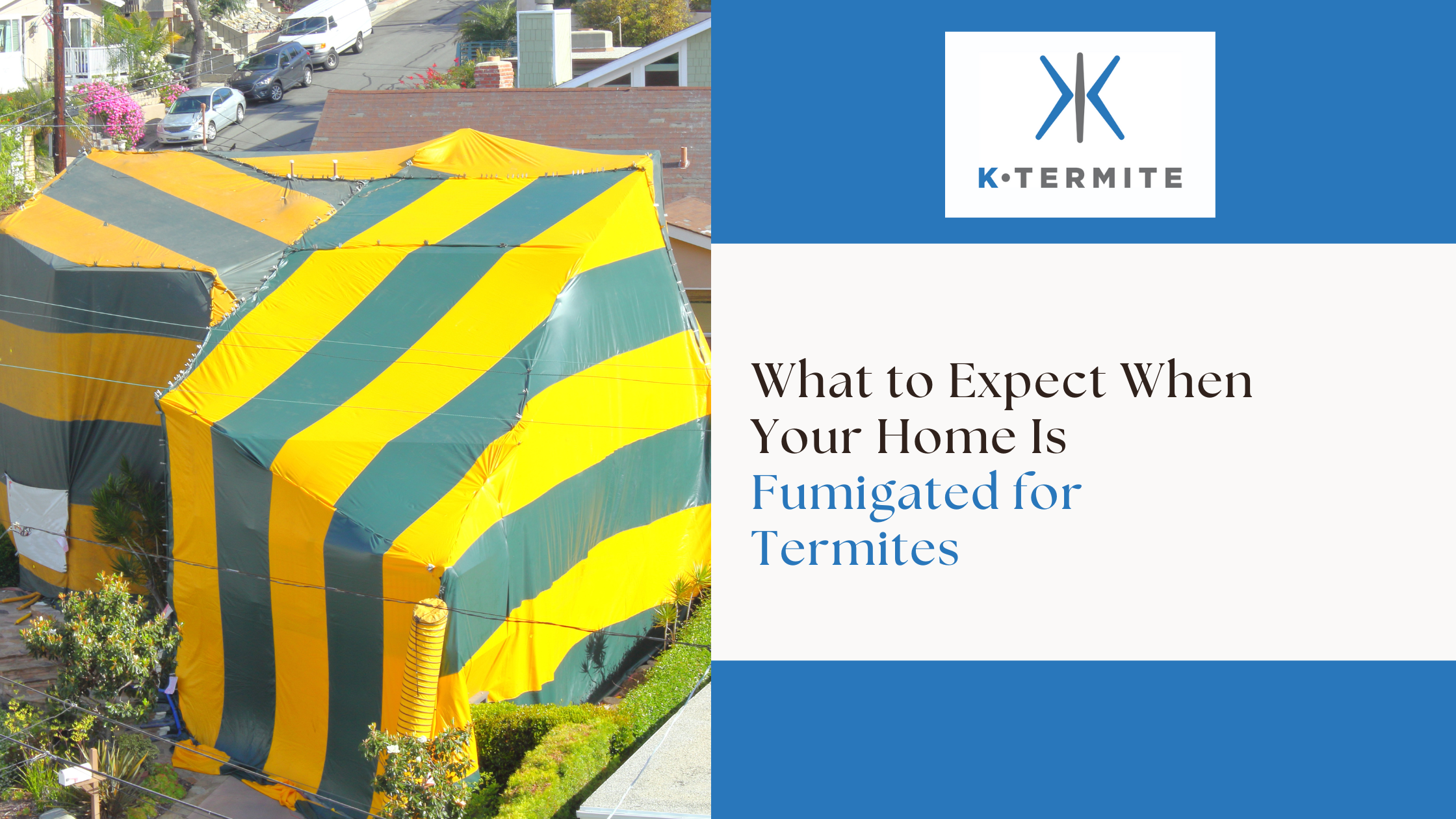


.png)
.png)
.png)
.png)
.png)
.png)
.png)


.png)
.png)


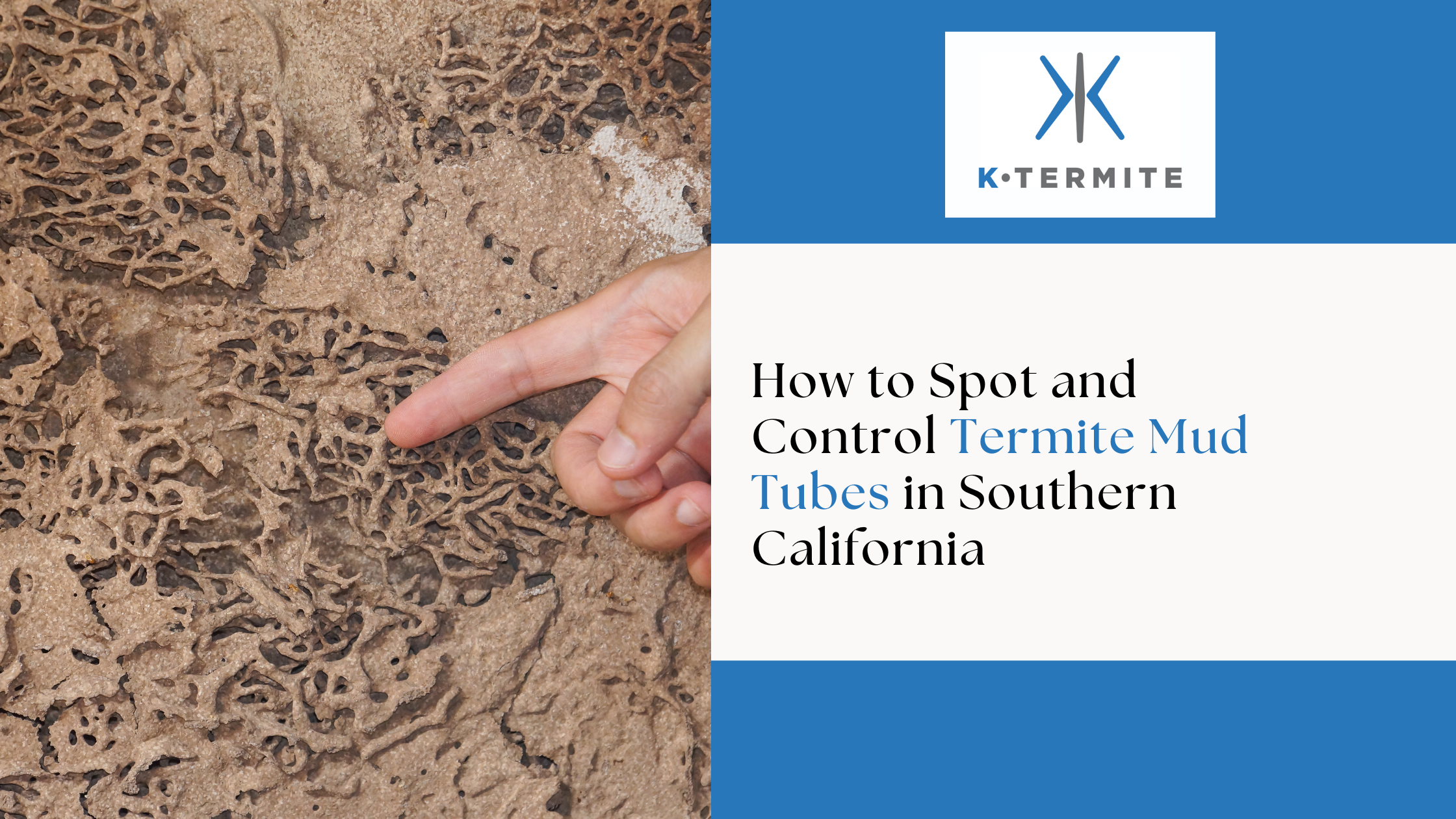



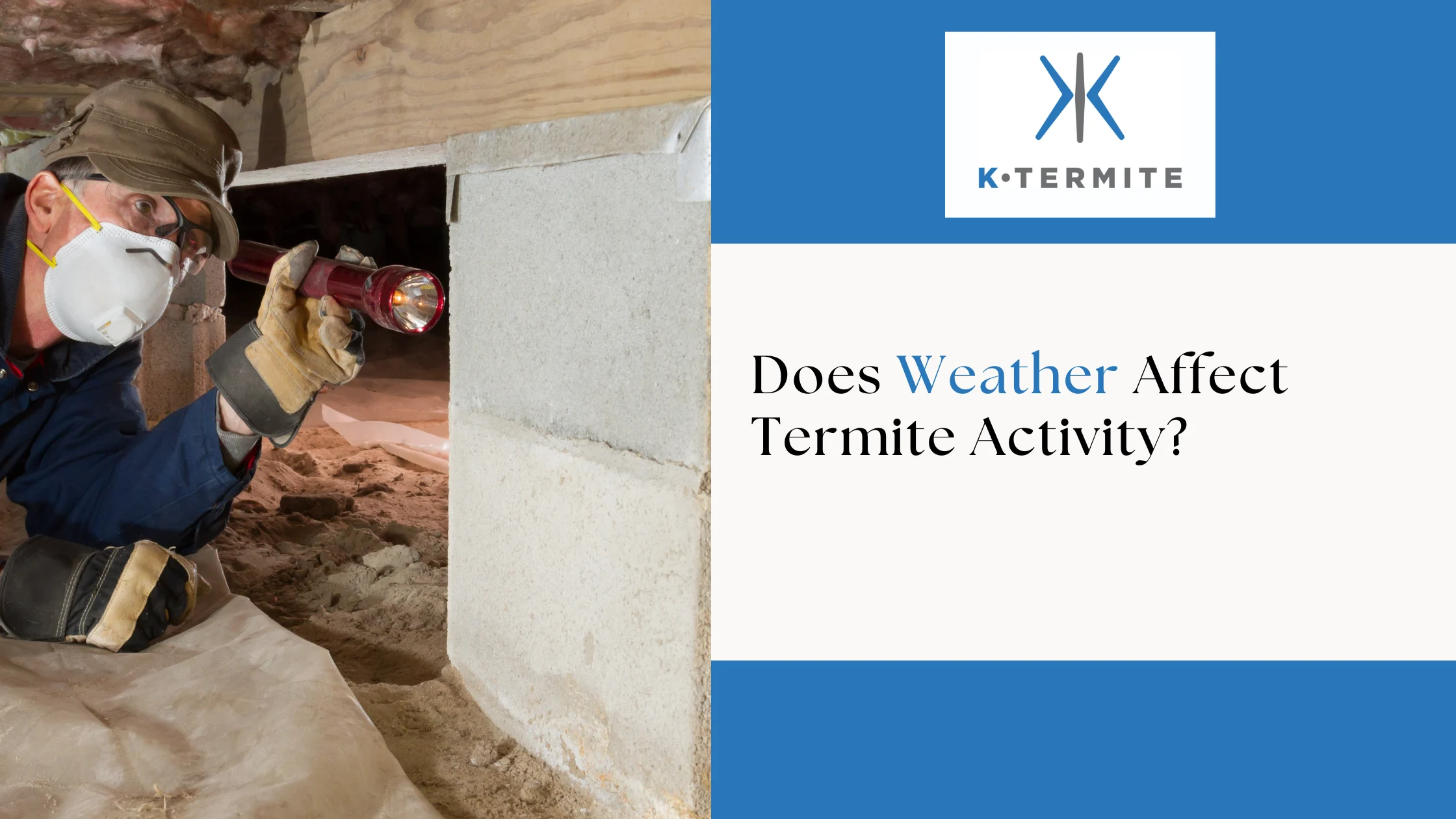
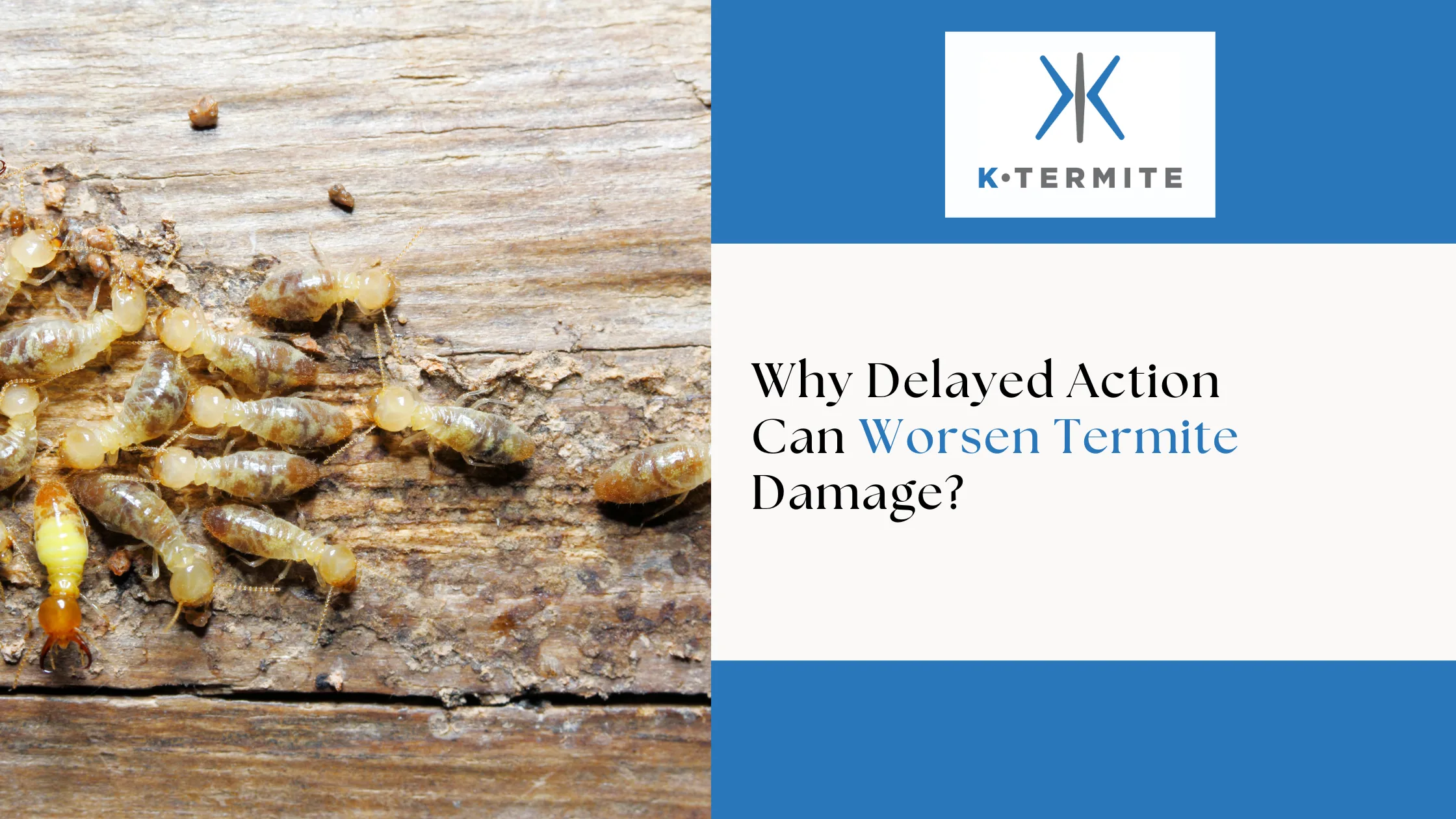

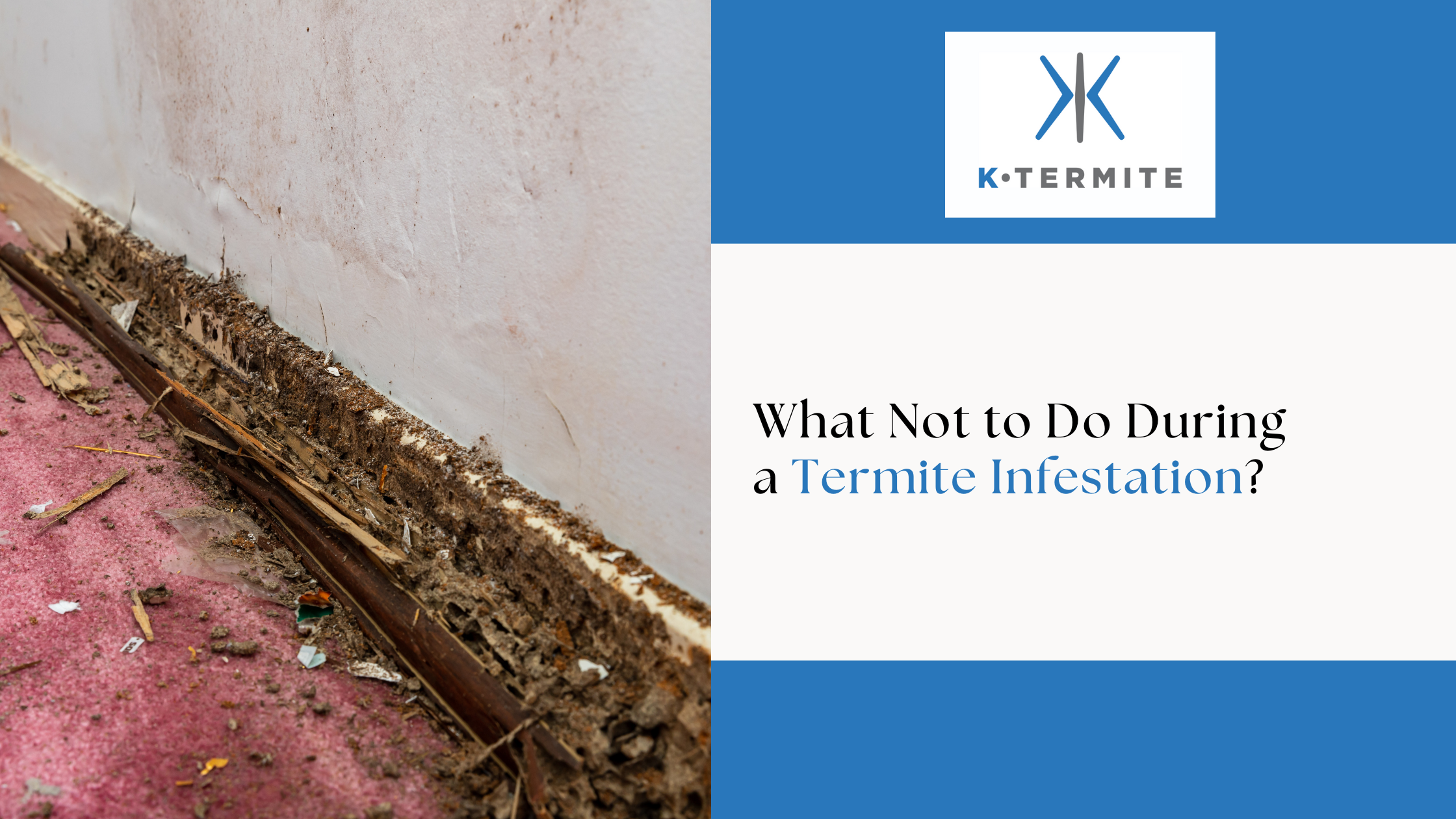

.png)
.png)

.png)
.jpg)
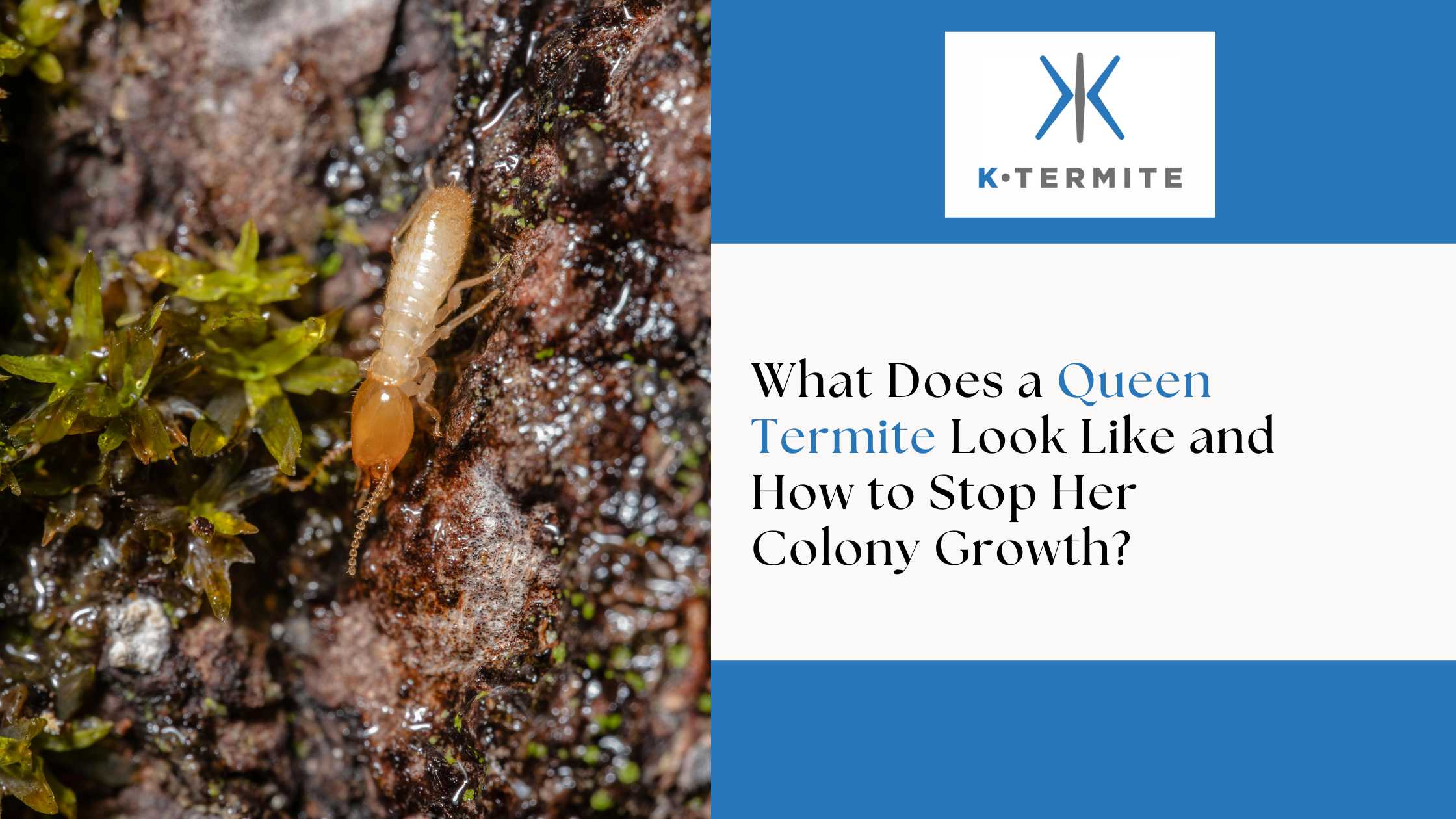

.webp)
.webp)


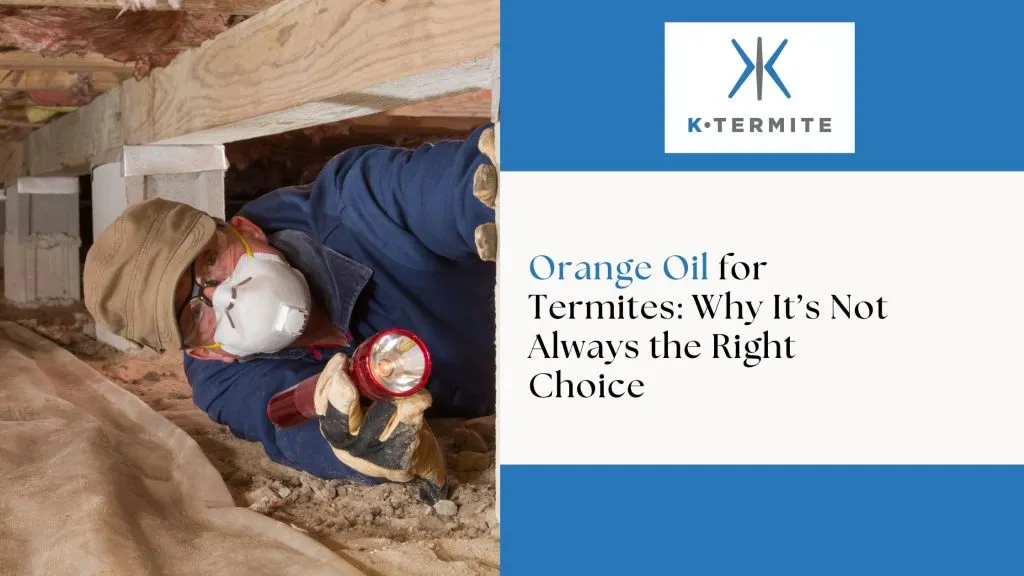

.webp)
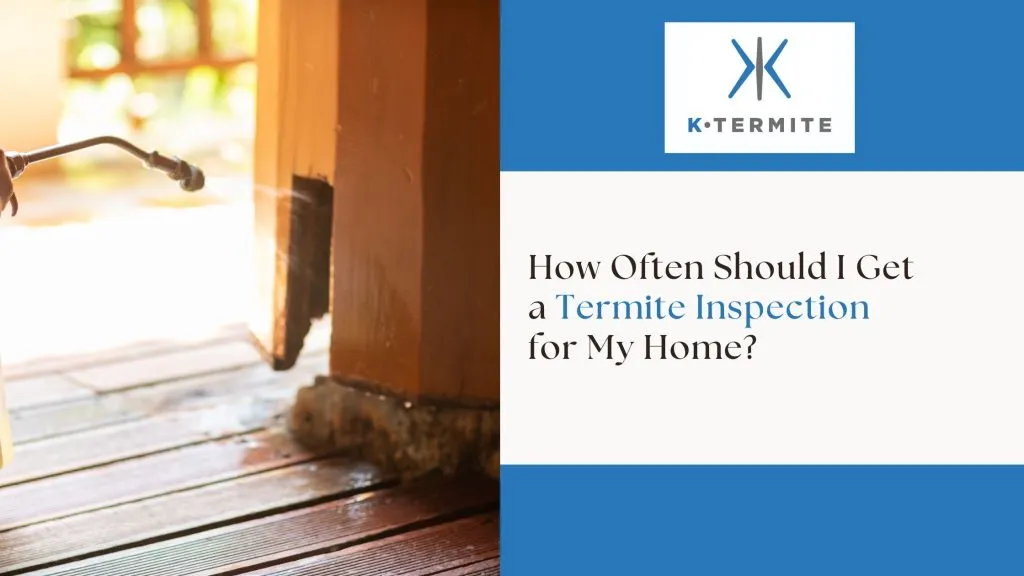

.svg)

